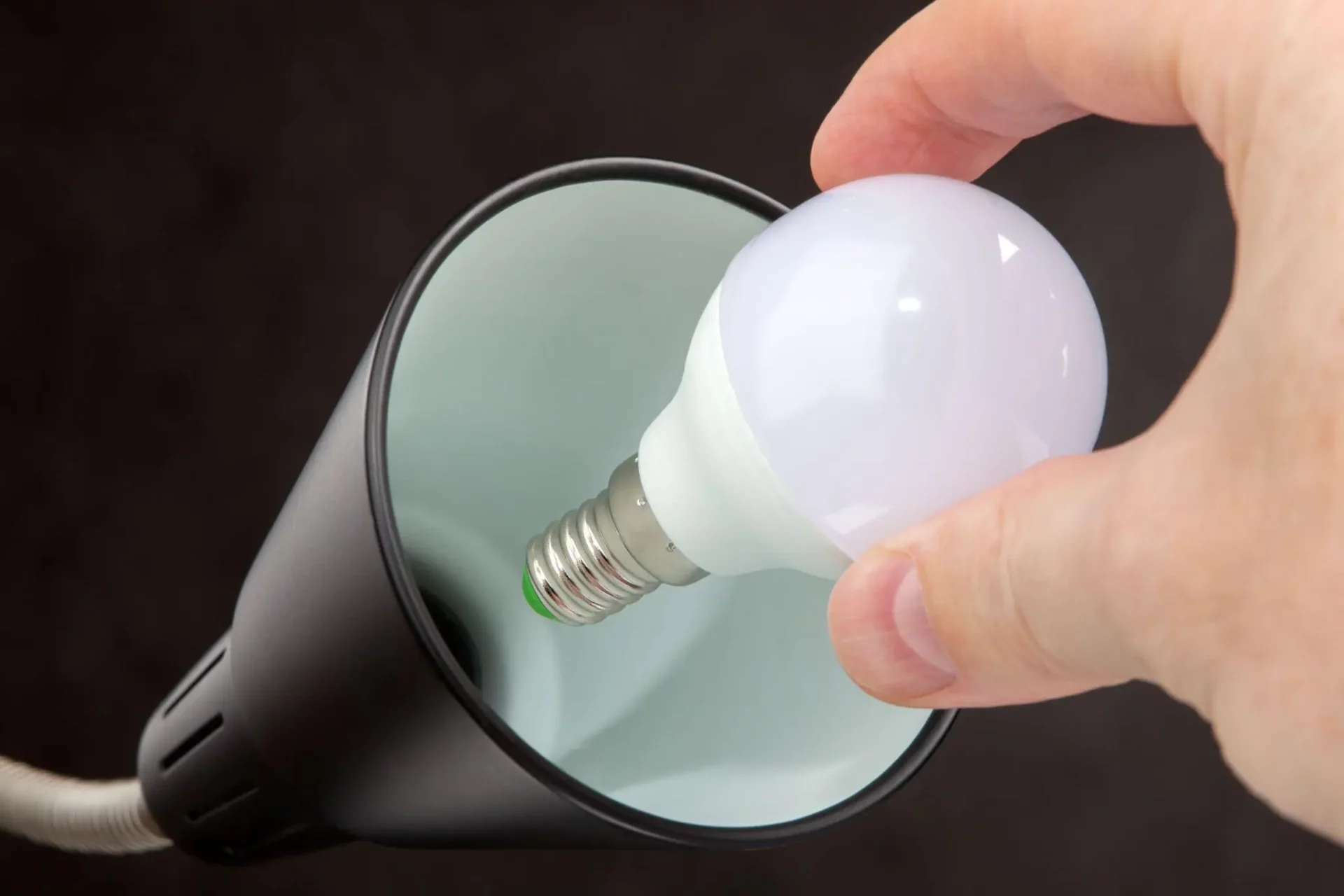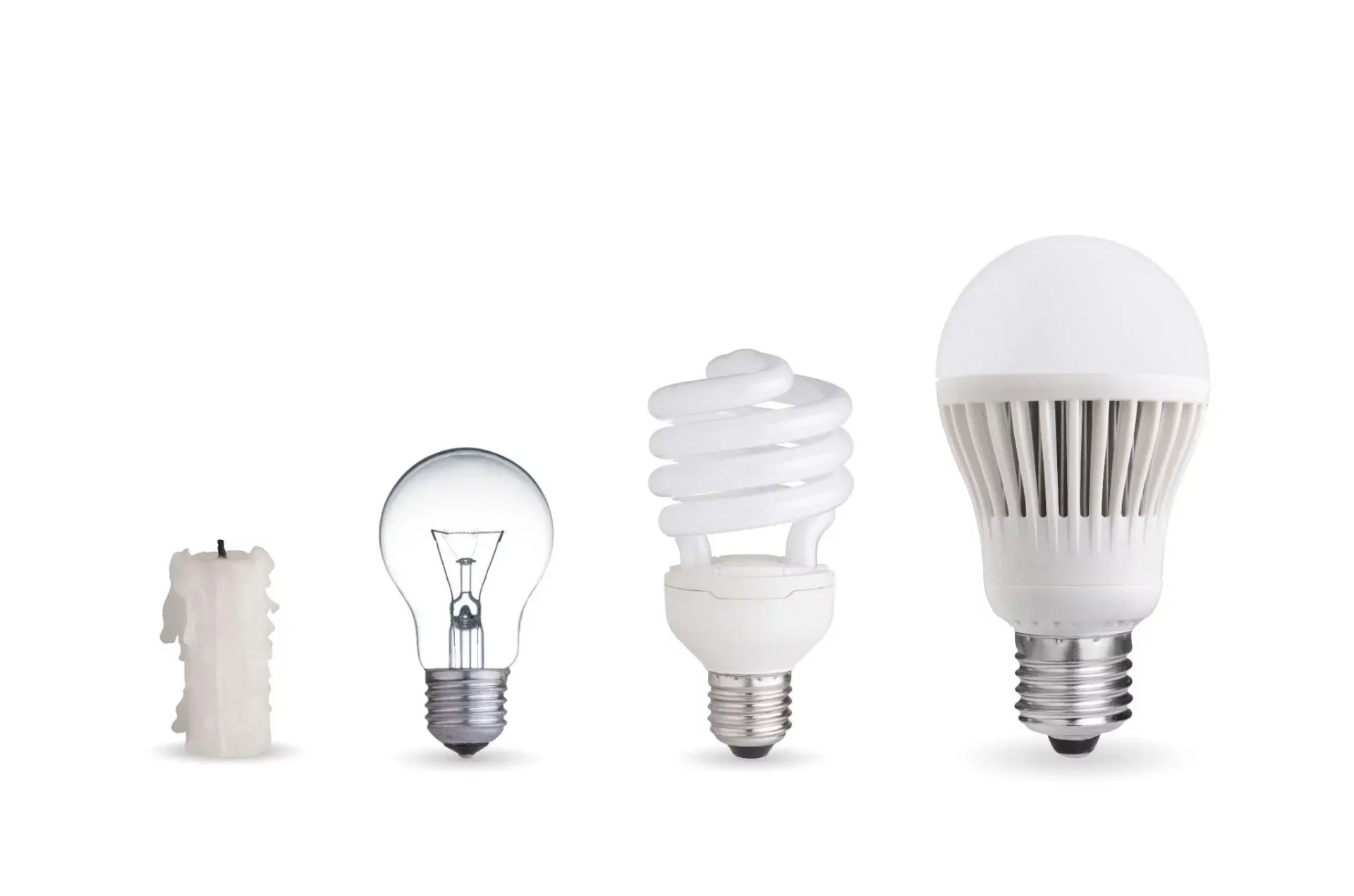When dealing with lighting, understanding the relationship between watts and lumens is crucial for making informed decisions.
Watts measure the energy usage of a light bulb, while lumens measure the amount of light emitted.
In the past, consumers would select bulbs based on their wattage, equating higher watts with brighter light. However, with the advent of energy-efficient lighting, this correlation has changed.
The wattage of a bulb no longer directly indicates how bright it is; instead, brightness is measured in lumens.

A watts to lumens calculator emerges as an essential tool in this context. It allows users to convert the power consumption of a light source, expressed in watts, into its light output, quantified in lumens.
This conversion is particularly helpful when replacing old incandescent bulbs with modern LED or fluorescent lighting, which offers more light per watt consumed.
The calculator requires two key inputs: the number of watts the light source uses and the lumens per watt, which is a measure of its efficiency.
By inputting these values, homeowners, designers, and engineers can accurately determine the luminous flux of a light source. This helps in selecting the most suitable and energy-efficient lighting.
Today’s lighting solutions present a variety of options, and a watts to lumens calculator simplifies the process, giving users the confidence to make choices that balance brightness and power consumption according to their specific needs.

When considering light sources, a clear understanding of watts, lumens, and lumens per watt is crucial. These metrics help quantify the power consumption and light output, facilitating more informed decisions in lighting design and energy efficiency.
Watts (W) represents the unit of power that indicates the rate of energy consumption by a light source. It is a direct measure of the electrical power required to operate the bulb. For example, a traditional incandescent light bulb may consume 60 watts of electrical power.
Lumens (lm) signify the unit of luminous flux, which is a measure of the total visible light emitted by a source. The higher the lumens, the more visible light is produced and perceived by the human eye. A bulb with 800 lumens will appear brighter than one with 400 lumens.
The ratio of lumens to watts, denoted as lumens per watt (lm/W), defines the luminous efficacy of a light source. This figure illustrates the efficiency of a bulb with respect to how much light it produces for each unit of power it consumes
The ratio of lumens to watts, denoted as lumens per watt (lm/W), defines the luminous efficacy of a light source. This figure illustrates the efficiency of a bulb with respect to how much light it produces for each unit of power it consumes
When converting watts to lumens, understanding the underlying formula is crucial, as is using a purpose-built calculator for accuracy and ease.
The core of the watts-to-lumens conversion process is the formula: lumens = watts × (lumens per watt). This equation utilizes the luminous efficacy of a light source, which is the number of lumens produced per watt of electrical power consumed.
Luminous Efficacy (Lumens per Watt):
A higher luminous efficacy means more light output for each watt consumed, making the appliance more energy-efficient.
It is important for users to refer to a watts-to-lumens chart for a more specific conversion suited to the type of lighting.
A watts to lumens calculator simplifies the conversion process by automating calculations. Users typically need to:
Calculator Features:
The proper utilization of these calculators ensures precise results, facilitating better choices for energy consumption and lighting design.

Different light sources have varying efficiencies, which means that for the same amount of electric power measured in watts, different bulbs produce different amounts of light measured in lumens (lm). This section will detail common light sources and their outputs.
LED (Light Emitting Diode) Lights: LEDs are highly energy-efficient light sources that use diodes to produce light. An LED bulb can produce approximately 75-100 lumens per watt, making it much more efficient than traditional incandescent bulbs.
Incandescent Bulbs: Traditional incandescent bulbs have been the standard for many years but are the least energy-efficient, generally offering about 10-17 lumens per watt.
CFL (Compact Fluorescent Lamp): CFLs are energy-saving lamps that use fluorescent technology and fit into standard bulb sockets. They offer a higher light output than incandescent bulbs at about 40-70 lumens per watt.
Halogen Lamps: Halogens are more efficient than traditional incandescent bulbs but less so than LEDs and CFLs, providing around 15-25 lumens per watt. They are often used for directional light, such as in spotlights and floodlights.
The lumen output for a given wattage can vary widely between different types of light bulbs. The following table provides a general guide for the lumen output ranges one can expect from different wattages across various light sources.
| Wattage | Incandescent | LED | CFL | Halogen |
| 4-5W | 40-85 lm | 300-500 lm | 220-280 lm | Not applicable |
| 6-8W | 75-100 lm | 400-800 lm | 400-500 lm | 50-100 lm |
| 9-13W | 100-200 lm | 600-1300 lm | 500-800 lm | 100-150 lm |
| 40W | 400-500 lm | 4500-5600 lm | 2400-2600 lm | 520-750 lm |
| 60W | 800-900 lm | 6800-8000 lm | 3600-3800 lm | 750-1100 lm |
| 100W | 1600-1700 lm | 11000-13000 lm | 6000-6200 lm | 1300-1500 lm |

Consumers seeking to optimize their home lighting can benefit significantly from using a watts to lumens calculator. This tool aids in selecting bulbs with the desired brightness while managing energy efficiency.
When selecting a bulb, it is crucial to consider lumens, the measure of light output, or brightness, that a bulb produces. For example, a traditional 60-watt incandescent bulb typically provides about 720-800 lumens.
Here’s a quick reference chart for converting watts to lumens:
| Incandescent Bulb Wattage | Approximate Lumens |
| 25 W | 300-450 lm |
| 40 W | 480-720 lm |
| 60 W | 720-1080 lm |
| 75 W | 900-1350 lm |
| 100 W | 1200-1800 lm |
For LED bulbs, which are more energy-efficient, the wattage required to produce the same brightness is much lower:
| LED Bulb Wattage | Equivalent Incandescent Wattage |
| 3-5 W | 25 W |
| 5-8 W | 40 W |
| 8-12 W | 60 W |
| 10-15 W | 75 W |
| 14-20 W | 100 W |
Energy efficiency in lighting is defined by how much light is produced (in lumens) per unit of power consumed (in watts).
LED and CFL bulbs are more energy-efficient compared to traditional incandescent bulbs, meaning they provide a higher lumen output for a lower wattage.
Consumers should look for higher lumens with lower wattage to achieve greater energy savings.
The use of a lumens to watts calculator is instrumental in identifying the amount of light output you can expect for the power consumed.
For instance, an LED bulb might only consume between 15 – 22 watts for the same brightness, whereas an incandescent would require 75 watts. This marked improvement in efficiency can lead to long-term electricity cost savings.
| Light Source | Power Consumption Range | Efficiency |
| Incandescent Bulb | 60 W – 100 W | Less efficient |
| LED Bulb | 8-12 W – 14-20 W | Highly efficient |
This section provides answers to common inquiries regarding the conversion from watts to lumens, specifically tailored for various lighting scenarios and bulb types.
To calculate lumens for LED lights, one multiplies the wattage by the lumens per watt ratio specific to LEDs. For example, if an LED has an efficiency of 80 lumens per watt and it uses 10 watts, it would produce 800 lumens.
A 100-watt incandescent bulb typically produces about 1600 lumens. The exact value can vary based on the efficiency of the specific bulb model.
To convert lumens into watts, divide the lumens by the lumens per watt rating (efficacy) of the bulb. For instance, if the bulb has an efficacy of 100 lumens per watt, 10,000 lumens would be equivalent to 100 watts.
A traditional 40-watt incandescent bulb emits around 450 lumens. However, for other types of bulbs like LED or fluorescent, the lumens output will be higher for the same wattage.
The wattage equivalent for a light source with 1500 lumens depends on the efficacy of the bulb. If the bulb’s efficacy is 50 lumens per watt, it would use 30 watts.
A 500-watt incandescent bulb can emit approximately 8,000 lumens. However, lumens output significantly increases if the bulb is an LED or fluorescent due to higher luminous efficacy.
A standard 60-watt incandescent light bulb produces about 800-850 lumens of light output. Specifically:
A traditional 60W incandescent bulb produces approximately 860 lumens.
A 60W halogen bulb produces around 840 lumens.
An energy-efficient 13W CFL spiral bulb can produce about 800 lumens, similar light output to the 60W incandescent, but using much less energy.
A 9W LED bulb can produce around 800 lumens as well, also comparable to the traditional 60W bulb but more efficient.
So in summary, a typical 60-watt light bulb gives off 800-860 lumens of brightness. The exact number can vary a bit based on the specific bulb type and brand. But you can expect roughly 800-850 lumens from a standard 60W household bulb.